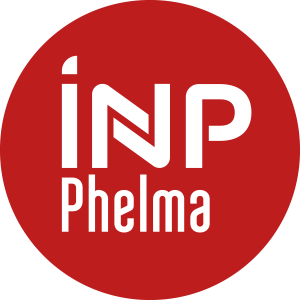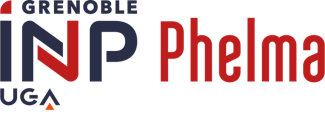Number of hours
- Lectures 25.5
- Projects 0
- Tutorials 25.5
- Internship 0
- Laboratory works 0
ECTS
ECTS 6.0
Goal(s)
In this course, the key concepts encountered in modern physics will be discussed, where quantum mechanics plays a prominent role in physical phenomena.
Contact Lionel BASTARDContent(s)
Thus, we will develop, with the help of concrete and detailed illustrations, some innovative mechanisms leading to new states of quantum matter with remarkable properties, such as superconductivity.
We will also discuss the notion of collective modes, quasi-particles, topological states and unconventional magnetic states. Induced by the competition between the antagonistic terms of the microscopic models describing them, the geometry of the systems, and the degrees of freedom involved (spins, fermions, bosons, Majorana fermions, etc.), these states will be described within a framework of concepts spanning the last forty years, showing the evolution of the descriptions of the new states of matter up to today. This course is accompanied by exercise sessions (TDs).
Superconductivity part:
- Fundamental properties, history, superconducting materials.
- Electromagnetic properties (London model, penetration length, surface enthalpy) and thermodynamics of superconductors (Ginzburg-Landau model, coherence length, flux quantization, critical fields).
- Josephson effect, junctions (Andreev reflection), SQUID.
- A microscopic model: elements of BCS theory, Cooper pairs and superconductor gap. Superconductors today and open questions.
Part "magnetism":
- Microscopic models of magnetism: from Ising to Heisenberg, from classical to quantum
- Some magnetic states: importance of geometry, frustration, hidden orders, topological properties. General discussion on a classification of exotic and classical states.
- Experimental and theoretical probes of magnetic orders: spin waves (classical, quantum), magnon excitations, spinons, dynamics, etc.
- Discussion of the theoretical tools available to highlight the orders. How to study these correlated systems?
Classical spin waves (explicit calculation on a square Antiferro lattice) and quantum (Holstein-Primakoff for quantum fluctuations)
Schwinger boson model (spin liquids,...). Some topological states, quantum Hall states (Chern number), introduction to the concept of emerging quasiparticles and to classical (magnetic monopole) and quantum (Majorana fermions) fractionalizations.
Prerequisites
Solid basics in solid state physics, electromagnetism and thermodynamics. An introduction to the magnetic properties of matter (phenomenology, magnetic orders) is also desired.
CC + written exam
20% CC + 80% DS



